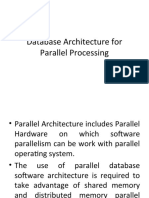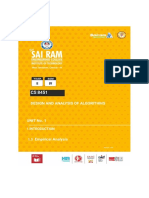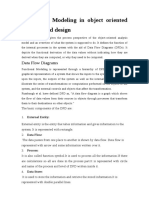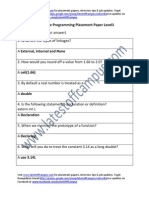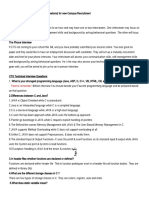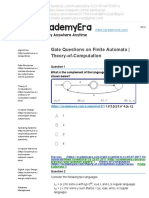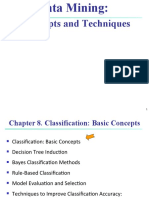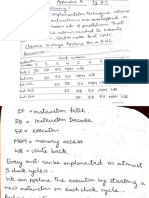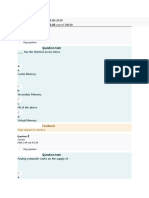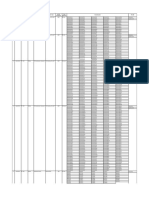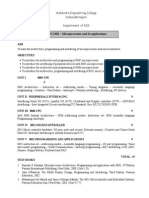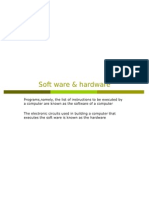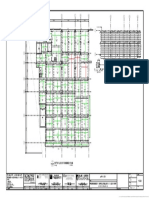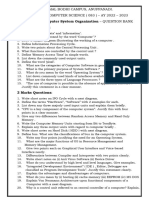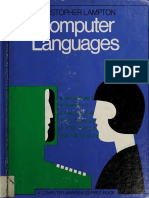0% found this document useful (0 votes)
4K views7 pagesPipeline Optimization Techniques
The document discusses pipeline optimization techniques for 3D graphics pipelines. It begins by stating that premature optimization should be avoided and performance should be measured before optimizing. The key steps are to locate the bottleneck stage, measure performance, and optimize that stage. Two common techniques for locating bottlenecks are reducing the workload of individual stages and measuring the impact on performance. Once identified, the bottleneck stage should be optimized through techniques like efficient coding practices, algorithm improvements, and leveraging SIMD instructions before optimizing other non-bottleneck stages.
Uploaded by
biswajit biswalCopyright
© © All Rights Reserved
We take content rights seriously. If you suspect this is your content, claim it here.
Available Formats
Download as PDF, TXT or read online on Scribd
0% found this document useful (0 votes)
4K views7 pagesPipeline Optimization Techniques
The document discusses pipeline optimization techniques for 3D graphics pipelines. It begins by stating that premature optimization should be avoided and performance should be measured before optimizing. The key steps are to locate the bottleneck stage, measure performance, and optimize that stage. Two common techniques for locating bottlenecks are reducing the workload of individual stages and measuring the impact on performance. Once identified, the bottleneck stage should be optimized through techniques like efficient coding practices, algorithm improvements, and leveraging SIMD instructions before optimizing other non-bottleneck stages.
Uploaded by
biswajit biswalCopyright
© © All Rights Reserved
We take content rights seriously. If you suspect this is your content, claim it here.
Available Formats
Download as PDF, TXT or read online on Scribd
/ 7



